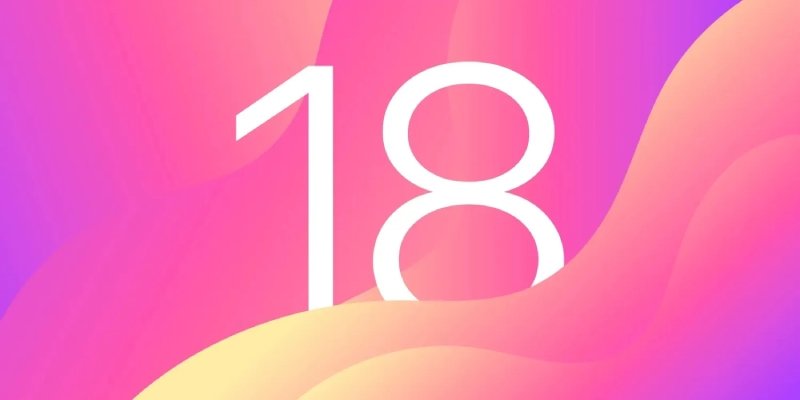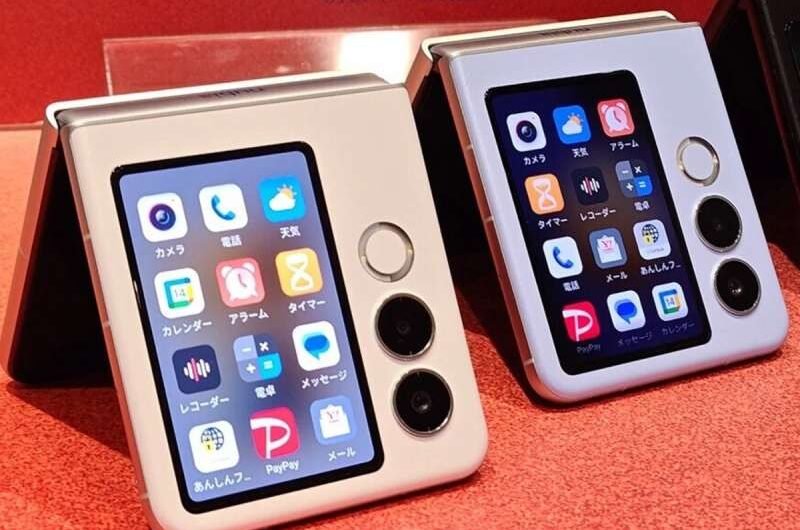OpenAI has expanded access to its advanced image generation technology by making it available through its API, enabling developers to integrate the feature into their own platforms and services. This move follows the late March rollout of the upgraded image generation tool within ChatGPT, which quickly gained traction for its ability to produce lifelike images – including well-liked designs such as action figures made by bespoke AI and Ghibli-inspired graphics.
The rapid adoption has proven both beneficial and challenging for OpenAI, with over 130 million users generating more than 700 million images within the first week of launch. This surge drove significant user engagement, though it also placed considerable stress on system resources.
At the core of this API capability is the “gpt-image-1” model, a multimodal system designed to generate images in various artistic styles, follow detailed prompts, incorporate global knowledge, and even render text accurately. Developers using the API can create multiple images simultaneously and adjust parameters to control both the quality and speed of generation.
OpenAI assures that gpt-image-1 includes the same safety features as those in ChatGPT, including robust content moderation tools. Developers have the option to adjust the moderation sensitivity, choosing between a standard “auto” setting or a more relaxed “low” setting, which filters out fewer categories of potentially inappropriate content.
Every image produced by gpt-image-1 is marked with C2PA metadata, making it possible for compatible platforms and applications to identify them as AI-generated.
Depending on how many tokens are used, the service’s price is tier-based: $5 for text input, $10 for image input, and $40 for image output. Estimates from OpenAI indicate that these prices correspond to roughly $0.02 for low-quality, $0.07 for medium-quality, and $0.19 for high-quality square photos.
Well-known businesses including Adobe, Canva, Figma, Wix, Instacart, Airtable, and GoDaddy are either utilizing or investigating this strategy. For example, gpt-image-1 has been added to Figma’s design tools to enable picture creation and modification, and Instacart is testing the generation of visual information for shopping lists and recipes.
Topics #AI #Artificial Intelligence #ChatGPT #Developers #Image Generator #Instacart #news #OpenAI











